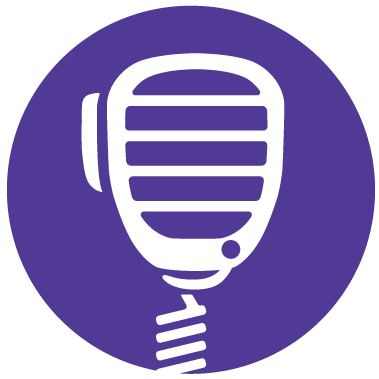Expand Your Knowledge
Quick Reference Guide
Ham Information
Net Control Sign-Up
HAM@evcnb.org
Ham Radio
When All Else Fails, Ham Radio Works!
Amateur radio operators – “hams” – are one of the most important components of Emergency Communication. Ham Radio is a step up in power and frequencies from GMRS Yellow Radios. While Yellow Radio users communicate within neighborhoods about local news and needs, hams provide communications between local shelters, assembly areas, medical clinics, response teams in the field and the Emergency Operations Center (EOC).
How Does Ham Radio Work?
Hams have options to operate over a wide range of frequencies, with higher power and larger antennas, ensuring communication is possible locally, statewide and nationally. Information about getting and maintaining equipment, protocols and techniques and other useful tips can be found in the EVCNB Ham Information Website.
Become A Ham
Ham radio operators must pass a written exam and are licensed by the Federal Communications Commission. Getting a license is easy, even for non-techie types. There are in-person classes available regionally and an abundance of online tutorials and practice resources. See the EVCNB Ham Information web pages for details.
Nehalem Bay Hamsters
Our local ham radio club, the Nehalem Bay Hamsters, was formed to practice and enhance emergency communication skills. The Hamsters has a weekly radio practice, a bi-monthly training session and conducts several exercises throughout the year.
Our Ham Radio team prepares operators to connect emergency response professionals, volunteers, and providers in times of disaster. When the cell towers go down, Ham radio is how we connect our communities and the outside world. We empower our volunteers to take action and facilitate emergency response. Are you interested in radio communications? Volunteer today!


